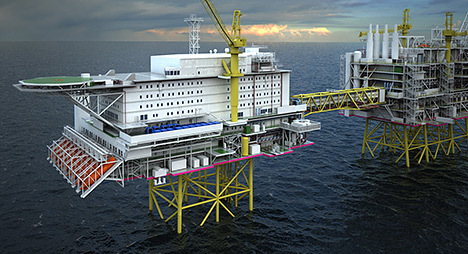
Norwegian operator Statoil said it has made an analysis of possible power solutions for the Johan Castberg field.
Aker Solutions, Aibel, ABB, Unitech, Poyry and Thema Consulting have all contributed to the power analysis.
Statoil said the power solution effort has revealed that costs related to land-based power, including technical challenges, represent a risk to both the timeline and feasibility of the project.
Power solutions include full and/or partial electrification based on power land as well as gas-fired power.
Margareth Øvrum, executive vice president for Technology, Projects and Drilling in Statoil, said:“We have developed a highly energy-efficient solution involving use of gas turbines for power generation on Johan Castberg. By use of heat recovery we achieve a turbine power efficiency of 64%, which is an outstanding result from use of gas turbines on offshore platforms. The licence partners consider gas-fired power to be the most suitable and socio-economic solution for the development.”
Earlier today Statoil said the Johan Castberg project could generate NOK29billion for the Norwegian economy.
Johan Castberg will be prepared for future electrification by use of alternating current technology in case this becomes an efficient and feasible solution in the future.
Emissions from Johan Castberg by use of gas turbines will be 0.27 million tonnes of CO2 per year, or 2% of current annual emissions from the NCS.
The proposed impact assessment programme covers only the offshore field development, not a possible terminal at Veidnes, which is a separate project with a separate timeline.
Recommended for you
